SOE member and former S&B Automotive CEO Jon Winter successfully integrated virtual communications when working at the Bristol-based training provider.
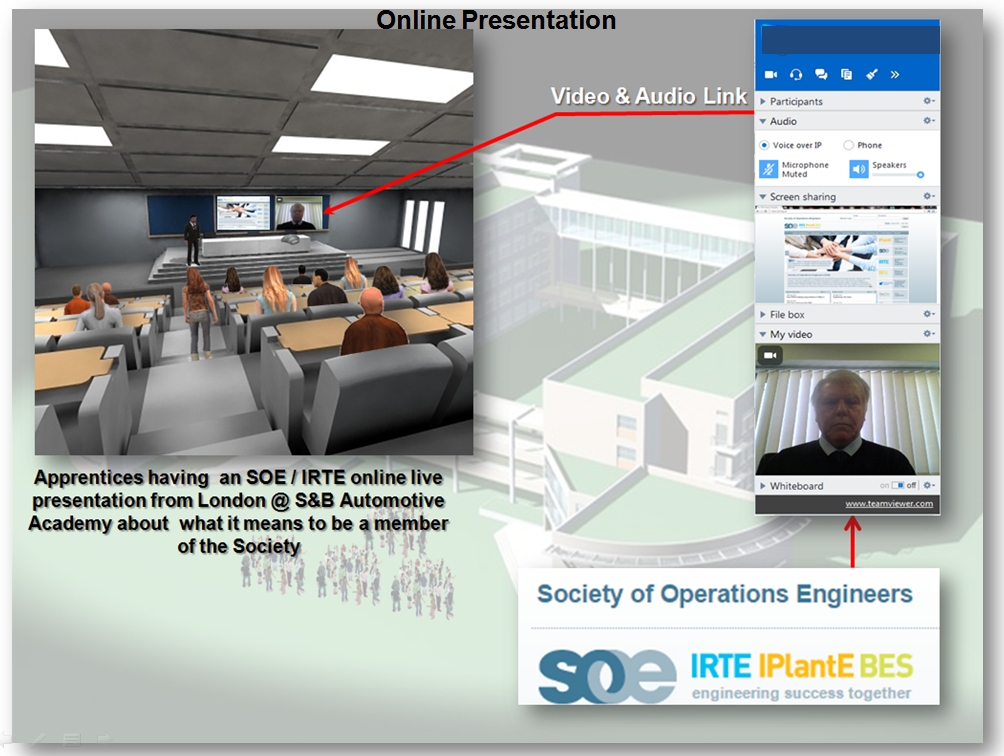
We are living in unprecedented times. Covid-19 has challenged the way businesses carry out their day-to-day work, with many employees now working from home and meetings being held virtually.
The reliance on new communication technologies triggered by the UK lockdown reminded me of how S&B Automotive Academy - a private automotive training organisation formed in the 1970s and in operation throughout the UK – transformed its business digitally 10-15 years ago.
I joined S&B in 2005 as CEO. At the time, the company operated like many other successful training businesses; 95% of its training was in apprenticeships and 5% in commercial training. Its training and education services were carried out at the Academy’s HQ in Bristol, and practical assessments were done in the workplace on the job. Learning and training for apprenticeships and commercial programmes was generally enacted and recorded using paper.
I, the management team and board of directors, set a goal to transform company activities and services. The company would aim to have a 60/40 split between apprenticeship services and commercial training; the impact would be to reduce financial risks that can occur by having most of your business in one area. To better achieve our goal, we were committed to finding technological solutions that would provide greater accessibility to company services and activities. Access would be immediate and constant. The use of technology would provide the company with real time data to affectively measure the impact of all of its business activities.
This is an account of the journey that S&B took deploying a variety of technologies that increased operational efficiency and reduced its overall carbon footprint.
Beginning of development
Development began by integrating the Virtual Managed Environment (VME) programme, Moodle. This online management system was to become the core of S&B’s technological solutions. A VME system enables the managers of the business to see what happens, when it happens, for how long and who is using its services. This is vital to know that communication is taking place, whether it is with staff, company directors, apprentices or clients and stakeholders of the business.
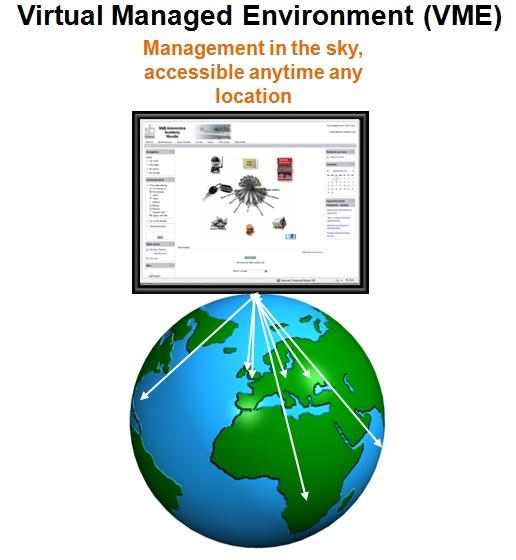
Main VME system functions:
- Pre-apprenticeship / commercial learning assessments
- Apprentice end of learning quality assurance assessments
- Deployment of online interactive learning and assessment materials for:
- Apprentices
- Qualified staff working in the motor industry
- Staff CPD
- Overseas automotive learners
- Automotive enthusiasts
Use for employees:
- Human resources
- Company processes
- Company documentation
- Strategic management
- Finance management
- Company bid documentation for project funding
- Reports on all activities deployed through the VME
Other developments parallel to the development and expansion of the VME system (all deployed through VME):
- Online NVQ portfolios / online log books (new standards) for: trainers, apprentices, employers and qualification awarding / endpoint assessment organisations
- Live camera technology to capture apprentice assessments in their place of work (NVQ only)
- IPods to record film of actual work then posted online for assessment
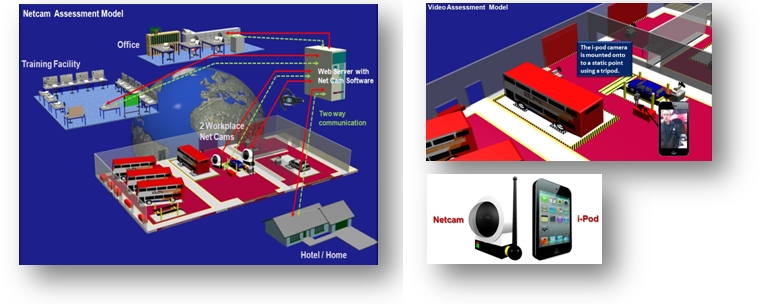
Video Conferencing
Video conferencing technology will allow all participants to see the facilitator and their support materials at the same time. This could include: an agenda, PowerPoint presentation, an Excel company finance document, lesson plan and other learning/business materials.
S&B developed video conferencing to deliver:
- Company business meetings
- Online learning classes where teachers can run classes with apprentices attending from different locations all over the UK and from other countries
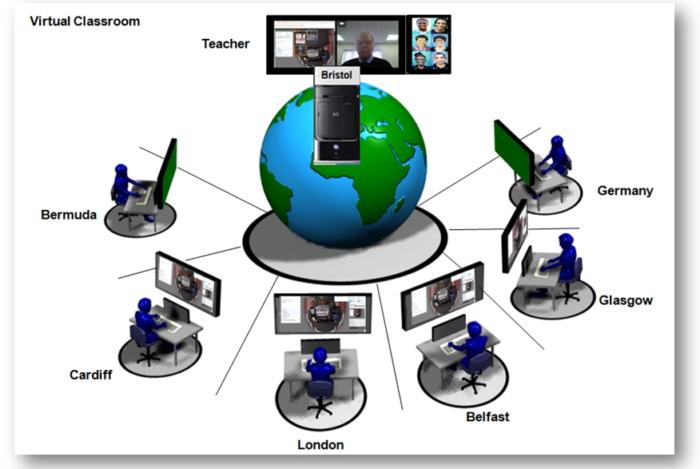
- Individual apprentices needing additional help in certain core areas, such as maths, English, or technical subjects. Teaching is one-to-one at a mutually agreed time
- Essential business meetings with stakeholders to discuss apprenticeship programme delivery, or an individual apprentice’s progress to make sure they are at the correct point in their training programme
- Promoting the benefits of joining industry societies
- Short updating courses to qualified automotive industry staff
Advance Technologies
S&B introduced some of the most advanced technologies into training: virtual and augmented reality. These technologies place the trainee into a virtual world. They master essential skills without using any recourse, and a skill that could take days to master can be achieved in hours. The technology is able to give feedback, clearly identifying successful processes and areas for improvement. It allows the trainee to correct mistakes much quicker, speeds up their progress and lifts personal motivation.
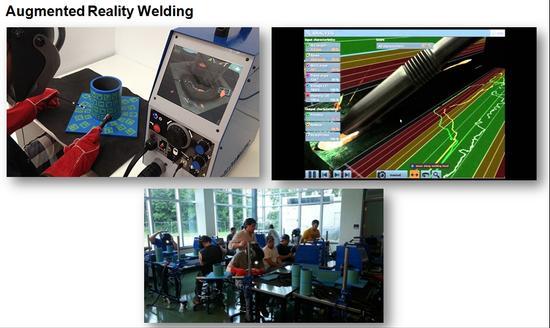
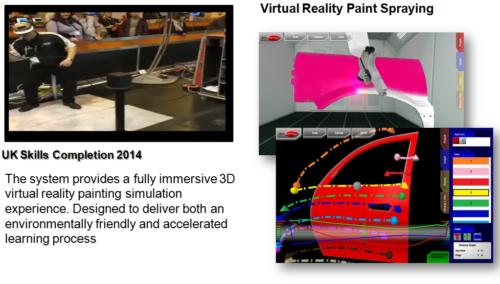
During the journey, S&B has developed VMEs for many other training and commercial organisations, even one that is used by a division of the armed forces. The company has won many prestigious awards and supports funding for the use and development of technology throughout its business.
This article has emphasised much about the use of technology in business. The intention is not to totally replace face-to-face contact; it is about working smarter, having the ability to do more, reducing the stress of always having to commute to carry out day to day work and reducing the carbon footprint.
For more information on S&B, its courses and apprenticeships, go to: sandbaa.com

